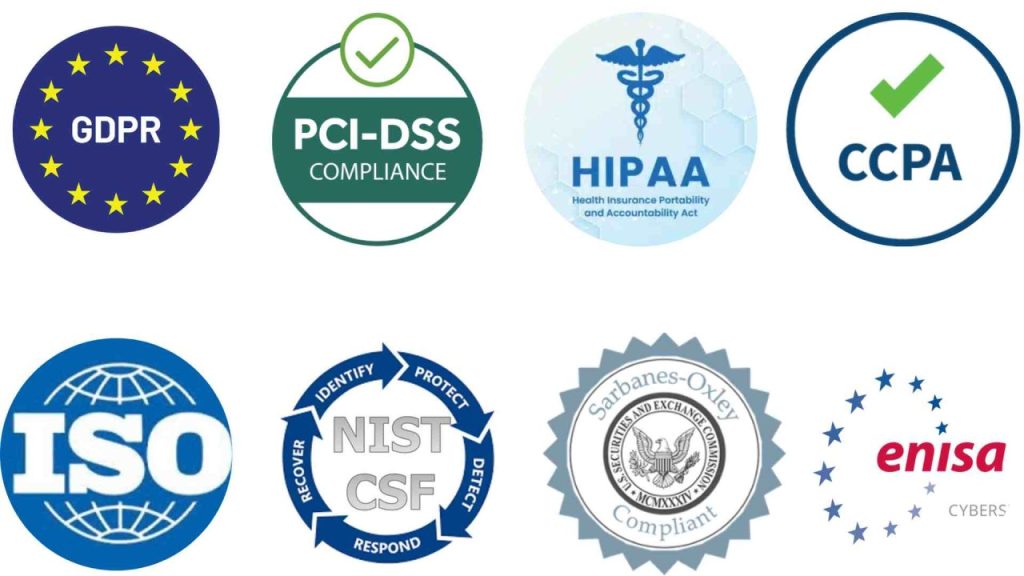
• Cybersecurity compliance affects nearly every business and IT provider, regardless of industry, due to expanding global regulations and contractual obligations
• IT service providers must move beyond selling products to building holistic, risk-based security programs, with compliance serving as both a liability shield and revenue opportunity
• Developing a strong cybersecurity culture, understanding legal exposure (like negligence), and aligning with frameworks such as NIST or ISO is essential to client trust and business success
Cybersecurity compliance has become an unavoidable aspect of modern business due to the proliferation of laws and regulations that reach beyond traditional industry boundaries. Factors such as geography, vendor relationships, and the presence of sensitive data mean that nearly every U.S.-based company falls under some compliance mandate—often without realizing it. The guide emphasizes that compliance is not the same as security, but building a strong security culture naturally makes compliance easier to achieve. IT professionals who integrate cybersecurity principles into their offerings can simultaneously protect clients and create competitive business advantages.
The guide urges IT service providers to move beyond the limited scope of selling hardware and software, and instead adopt a risk management mindset. As cyber incidents like the Target and Home Depot breaches show, outsourced IT providers can be held responsible for failing to properly secure client environments. Understanding legal negligence—especially under tort law—is crucial, as skilled IT providers are held to a higher standard of care. Documenting actions, communicating risks, and advising clients on compliance requirements are essential to mitigating legal liability.
The core of a mature cybersecurity program is likened to a LEGO construction, where components such as policies, access controls, asset management, and vendor oversight build a structure of security. Frameworks like ISO 27001 and NIST SP 800-53 guide for creating such programs, though full compliance is rarely necessary. Instead, IT providers should customize frameworks based on client needs, with special attention to evolving technologies like IoT and BYOD, which often introduce risk without adequate oversight.
Finally, the guide outlines specific compliance requirements relevant across industries, including FTC oversight under unfair business practices, PCI DSS responsibilities for service providers, HIPAA obligations for business associates, and GDPR’s global reach. It highlights that awareness and preparation, not ignorance, protect businesses from liability. With regulations like Massachusetts 201 CMR 17.00, FISMA, and GLBA reshaping how companies must handle data, service providers who understand and educate clients on these issues are well-positioned to turn compliance into a strategic asset.


Leave a Reply
You must be logged in to post a comment.